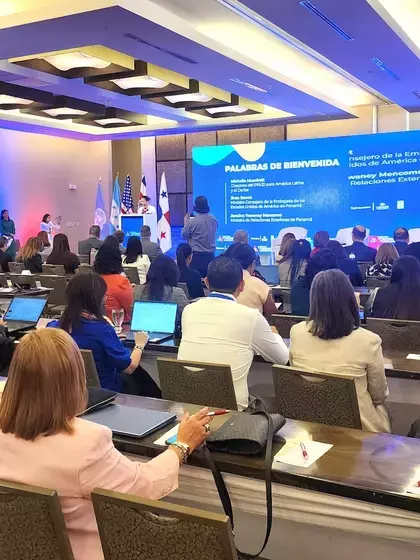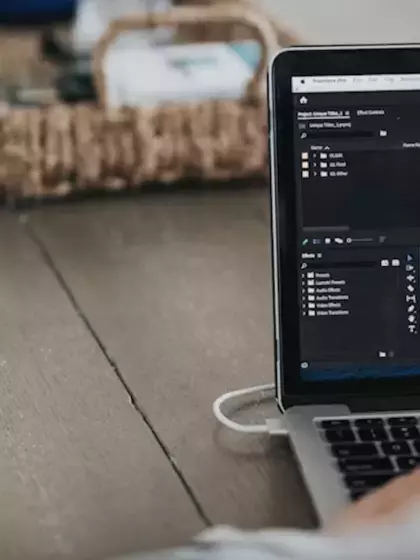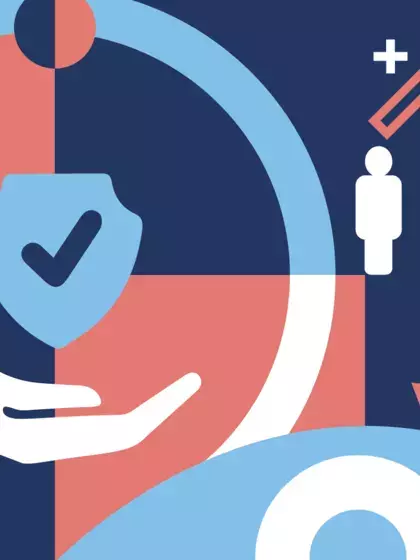Can blockchain change the way cities are managed?

Cities, like machines, are getting smarter. For instance, many small municipalities have already installed smart meters to monitor electrical energy consumption. Even large metropolises have yielded to technology. The smart city ecosystem is a great challenge for small- or large-scale governance. And it can be done well, or poorly.
It all works like a "system of systems." There are smart street lighting systems, building automation, automated emergency management, security and surveillance of public building accesses, smart networks, renewable energy generation, water treatment and supply, public transportation management, etc. The result of interconnecting all of these is a system of systems.
Although it all sounds futuristic, the Smart City 3.0 concept is not new. All of these systems operated independently long before the term "smart cities" was coined. Now the difference is that scientists and engineers are attempting to integrate the information from the disparate systems into one whole, in order to assess the overall performance, to look at the state of the city as well as its possible failures and to propose solutions.
For 25 years in the region, the UNDP Information System for Democratic Governance (SIGOB) has used new technologies and big data to promote governance through transparency, effectiveness, interaction among institutions and between the State and society, among others.
Tools such as METAS, SDG Platform, TRANSDOC, TRE or SIGOBito have already been deployed in 27 countries in the region, promoting changes by orienting management culture towards citizens and the achievement of the 2030 Agenda.
Use of blockchain in the cities
All these systems operate on blockchain technology, which is based on data. There are many examples of their use in cities all over the world. There are multimillion dollar investments like the Dubai Smart City Program, and smaller ones like the way the Government of Estonia uses this technology to enable inhabitants to have control of their own personal data; then there are examples like the city of New York using it on the electrical exchange and the state of West Virginia that tested blockchain for voting by mobile app. Gothenburg, Chicago, Singapore, China and its facial recognition payments... the list goes on and on.
These smart cities have inspired initiatives like Blockchain4Cities, a United Nations working group that looks into ways blockchain can be used to improve local government. The subject-matter experts in the group point out that the primary strength this technology has to offer is safe transfer of information.
What sectors of city governance can blockchain help improve?
Security: Blockchain enhances the protection of stored personal data.
Energy: Blockchain-based smart contracts make it easier for households supplied by solar panels to automatically exchange surplus electricity with others on the power grid.
Mobility: Management can keep track of what areas and frequency automobiles are used (maintaining people's privacy), and use this for campaigns to promote the use of public transportation.
Waste: Blockchain can provide real-time information on containers to citizens and waste-collection services, so that they know when they are empty or full.
Participation: Blockchain platforms guarantee safety, reliability, transparency and anonymity in elections, surveys, referendums, etc.
Direct communication: Blockchain allows public administration and citizens to interact in digital form, dispensing with intermediaries and so streamlining procedures that until now had to be taken care of in person.
Blockchain technology can also help other services like water management, air quality control or park and garden maintenance.
Blockchain technology has not only come to stay, it is already here. Now, all that is left to do is to leverage its potential for the common good.





